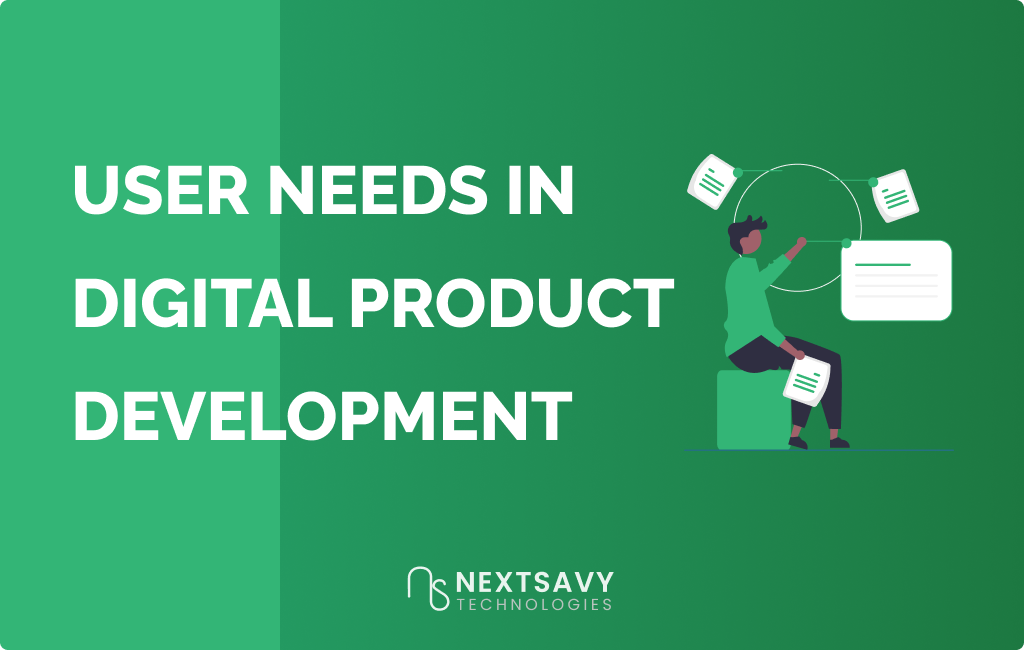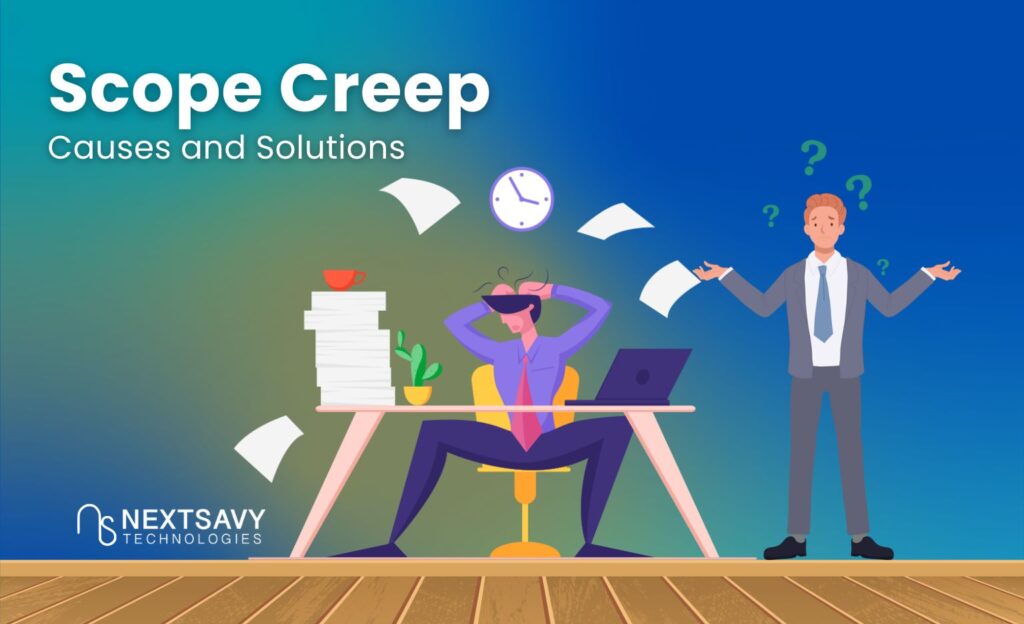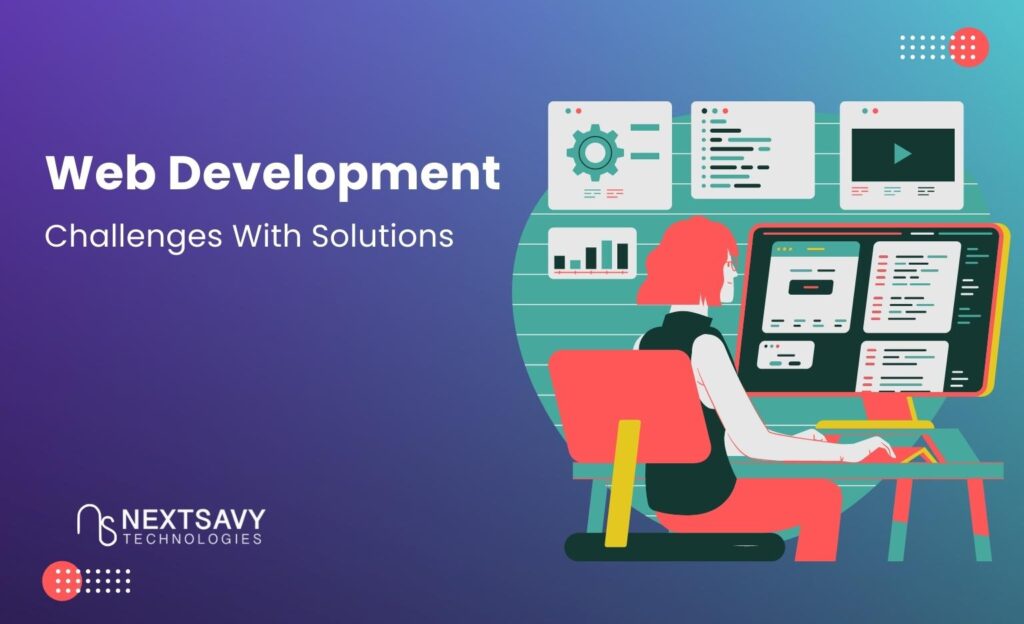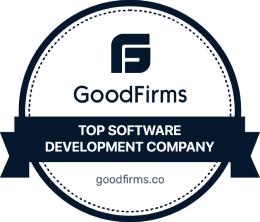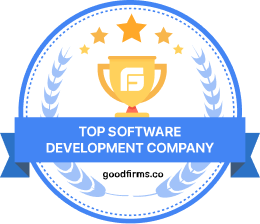October 12, 2023
 Waterfall vs Agile: Discover the ideal approach
Waterfall vs Agile: Discover the ideal approach
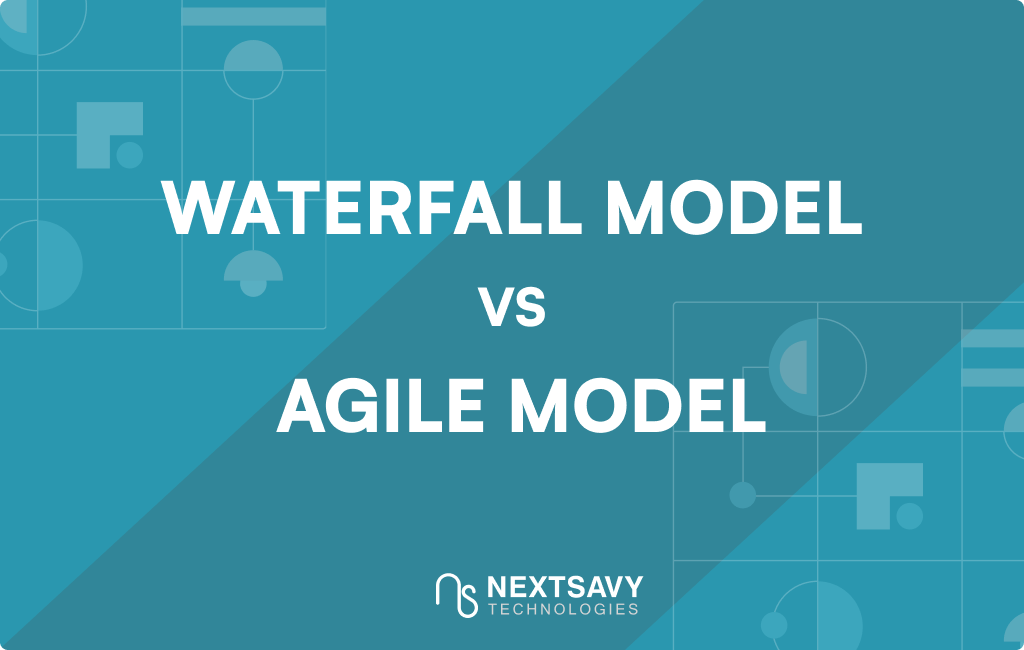
Starting a new project is always exciting, but it can also be overwhelming. One of the first decisions we need to make is which development methodology we should use. If you’re involved in software development, chances are you’ve heard of Agile methodology and Waterfall methodology – two project management methodologies that can help you get the job done. But which one is right for you? Let’s explore.
What is Waterfall Methodology?
The Waterfall Methodology is a widely adopted approach for project management and software development that is based on a linear and sequential process. It is named after its resemblance to a cascading waterfall, where each phase flows naturally and sequentially into the next, much like water flowing downstream.
Advantages of Waterfall Methodology
- Measuring progress: It is easier when the work is fully scoped out in advance.
- A Client presence: A Client is not required after the set-up phase, except for reviews, approvals, and status meetings.
- Extensive documentation: It is developed at each stage of the project, which can be useful for future reference, maintenance, and knowledge transfer to new team members.
- Limited changes: Once a phase is complete, it is less likely to change. This is beneficial for working on projects with fixed budgets, tight schedules, or regulatory constraints.
Disadvantages of Waterfall Methodology
- Rigidity: It is a highly sequential and inflexible approach. Once a phase is completed, it’s challenging to revisit and make changes.
- Limited Client Involvement: Clients often have limited involvement until testing or deployment, causing misunderstandings between the final product and client expectations.
- Limited coordination: Collaboration between different project phases can be limited, as teams may be focused on their specific tasks rather than working closely together.
- Not ideal for large-scale projects: Waterfall, with its linear progression, is not well-suited for complex projects with interdependencies, making project management more challenging.
The Agile Methodology was developed to address all of the shortcomings of the Waterfall Methodology. Let’s go over the fundamentals of Agile Development.
What is Agile Methodology?
Agile Methodology is the practice that promotes continuous iteration of development and testing all through the software development lifecycle (SDLC). The project is divided into sprints with defined durations and planned deliverables. This iterative approach allows businesses to quickly adapt to changing market demands and client needs.
Advantages of Agile Methodology
- Flexibility: It enables teams to swiftly adapt to changing requirements, customer needs, market conditions, and emerging insights.
- Customer-Centric: It prioritizes customer and stakeholder satisfaction by involving them from the beginning. Frequent feedback ensures alignment with expectations.
- Improved Communication: It facilitates collaboration, leading to better communication, shared understanding, and stronger team cohesion.
- Transparency: Agile encourages transparency through practices like daily stand-up meetings, sprint reviews, and visible work boards.
- Continuous improvement: It includes regular retrospectives, where teams reflect on their work and identify areas for improvement.
Disadvantages of Agile Methodology
- Scope Creep: The iterative nature of Agile can sometimes lead to scope creep, where new requirements are continually added during development, potentially affecting project goals and deadlines.
- Client availability: It requires frequent client involvement. If clients are not readily available or engaged somewhere, it can hinder the Agile development process.
- Overhead from Meetings: It involves regular meetings, daily stand-ups, sprint planning, reviews, and retrospectives. These meetings are essential for communication but they can sometimes feel burdensome if not managed effectively.
So above was a brief overview of how the waterfall and agile methodology works. Now the next big discussion is which one is right for you? Let’s understand that through the comparison chart.
By comparing the two methodologies, you can make an informed decision about which one is best suited for your project. This will allow you to differentiate between them and select the most appropriate option.
Waterfall Methodology vs Agile Methodology: The Comparison chart
| Waterfall Methodology | Agile Methodology | |
|---|---|---|
| Development Approach | Sequential and linear. Phases flow in a fixed order | Iterative and incremental. Cycles of work are repeated |
| Budget | Fixed budget and less flexibility to change mid-project. | Flexible budget with adaptation, experimentation, and allows for changes in later project phases |
| Flexibility | Limited, changes are costly and disruptive. | Highly adaptable to changing requirements & priorities. |
| Client involvement | Limited client involvement until the end | Frequent and active client involvement throughout |
| Testing | Typically performed after development is complete | Ongoing testing throughout development cycles |
| Team roles | Roles are specialized and rigidly defined | Cross-functional, self-organizing teams are common |
| Client satisfaction | May not align with changing client needs | Prioritizes client satisfaction and feedback |
| Collaboration | Rigid approach that follows a sequential process and doesn’t encourage teamwork. | Collaborative and productive process, ultimately leading to a better outcome |
| Changes | Changes are discouraged after the requirements phase | Changes are expected and accommodated at any stage |
| Risk Management | Risks are addressed late in the project lifecycle | Early identification and mitigation of risks |
| Documentation | Emphasizes comprehensive upfront documentation | Emphasizes lightweight documentation when needed |
| Well-suited | Suitable for small projects with definite requirements and no anticipated alterations | Suitable for big projects where requirements are prone to change and evolve |
| Delivery Frequency | Final product delivery at the end of the project | Frequent delivery of small, incremental releases |
As stated above, there are significant differences between waterfall and agile, making it often challenging to decide which is best for your business. In such circumstances, we are now talking about whether we can combine both
Is combining Waterfall and Agile a feasible solution?
Yes, it is feasible to combine Waterfall and Agile Software Development Life Cycle (SDLC), creating a “hybrid” approach that utilizes the strengths of both while minimizing their weaknesses. This combination is commonly referred to as a hybrid SDLC.
It’s important to note that while a hybrid approach can offer flexibility, it can also add complexity to project management and coordination. Effective communication and collaboration between teams or phases are essential for success.
Additionally, the choice of which parts of the project should follow which methodology should be carefully considered based on the project’s specific requirements, constraints, and goals.
Conclusion
In a nut-shell, the choice between Waterfall Methodology and Agile Methodology depends on your project’s nature and goals. Waterfall suits well-defined, stable projects with fixed scopes and regulatory demands.
In contrast, Agile excels in dynamic environments where adaptability, rapid iterations, and client feedback are key. Consider hybrid approaches for projects with diverse needs. The ideal choice ultimately depends on your project’s specific requirements, constraints, and the values that guide your organization.
If you’re still unsure which development methodology is right for your project, we’re here to help. Contact us today to discuss your project and take the next steps toward effective software development and project management.
FAQ’s
SDLC (Software Development Life Cycle) is a well-structured software development process that includes planning, analysis, design, coding, testing, deployment, and maintenance to assure high-quality and efficient software development
Yes, there are other methodologies like Scrum, Kanban, Lean, and DevOps, each with its own principles and practices. Choosing the right one depends on your project’s unique characteristics.
Evaluate your client’s project specific requirements, timeline, budget, and the level of flexibility needed. Consult with your team to determine the best fit.
Waterfall methodology is the key to avoiding costly project changes. It sets clear expectations, preventing costly changes mid project.
The main advantage of Agile over Waterfall is its ability to adapt to changing requirements, facilitate collaboration, offer flexibility, and provide customer-centric solutions through frequent iterations and feedback.
Yes, it is feasible to combine Waterfall and Agile Software Development Life Cycle (SDLC), creating a “hybrid” approach that utilizes the strengths of both while minimizing their weaknesses. This combination is commonly referred to as a hybrid SDLC.
